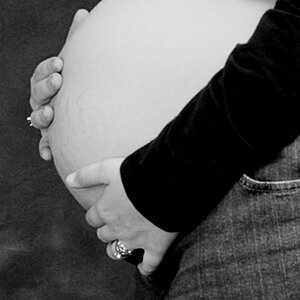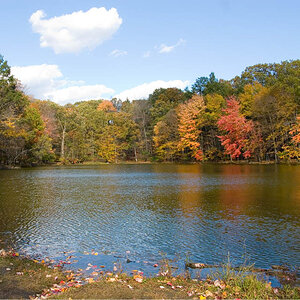adamhiram
No longer a newbie, moving up!
- Joined
- Feb 6, 2015
- Messages
- 858
- Reaction score
- 576
- Can others edit my Photos
- Photos OK to edit
I have used this large format "scanning" setup sporadically for a few years now, based on the "standard copy setup" in chapter 4 of Light: Science and Magic. The copy surface is a piece of plywood to keep it flat, the document to be scanned, and a piece of plate glass over it to press it flat. Lighting is from a pair of large double-diffused square softboxes fired at equal power and metered to match the lens's aperture (usually f/5.6 or f/8).
This has worked well for me, except I've always scanned old documents I wanted to digitize or the occasional photo print, where I didn't notice anything strange. Then I recently went to scan a darker photo and realized a big problem with this setup - even though the lights are at 45 degree angles, the camera (and my arm) are reflected in the glass. There must be a way around this, but I have yet to figure it out.
Hopefully someone here can provide some suggestions on how to eliminate this reflection.
Some thoughts I had:
Here is the setup I use:

20200525-DSC_9601a by adamhiram, on Flickr
Here are some sample shots with a random inspection sticker from my tripod on some standard printer paper and on a piece of black construction paper. For the last shot, please ignore the dust I neglected to clean the dust off of the glass.
This is what it looks like when I scan a brighter document - no observable issues:

20200525-DSC_9588a by adamhiram, on Flickr
Here is where the reflections become noticeable:

20200525-DSC_9589a by adamhiram, on Flickr
This has worked well for me, except I've always scanned old documents I wanted to digitize or the occasional photo print, where I didn't notice anything strange. Then I recently went to scan a darker photo and realized a big problem with this setup - even though the lights are at 45 degree angles, the camera (and my arm) are reflected in the glass. There must be a way around this, but I have yet to figure it out.
Hopefully someone here can provide some suggestions on how to eliminate this reflection.
Some thoughts I had:
- Change my setup - perhaps flag the light on either side of the camera, or raise the camera above the height of the softboxes to prevent it from being illuminated. Here, I run into issues with extending the tripod arm horizontally too far and have stability issues that would likely require additional gear.
- Should I be using a different type of glass, such as something with an anti-reflective coating? Right now I'm using a cheap piece of plate glass from the hardware store.
- Perhaps a circular polarizer on the lens would be an easy fix? I've been looking for an excuse to pick one up, so this could be an option as well.
Here is the setup I use:

20200525-DSC_9601a by adamhiram, on Flickr
Here are some sample shots with a random inspection sticker from my tripod on some standard printer paper and on a piece of black construction paper. For the last shot, please ignore the dust I neglected to clean the dust off of the glass.
This is what it looks like when I scan a brighter document - no observable issues:

20200525-DSC_9588a by adamhiram, on Flickr
Here is where the reflections become noticeable:

20200525-DSC_9589a by adamhiram, on Flickr










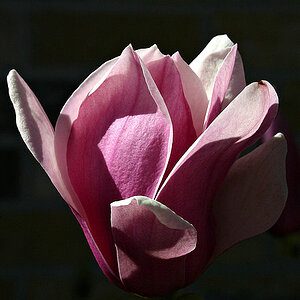
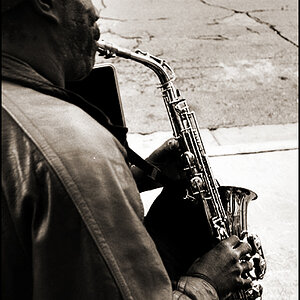
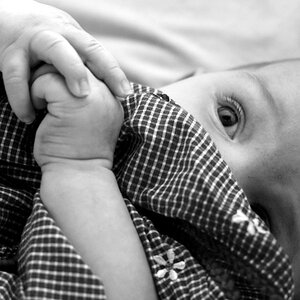
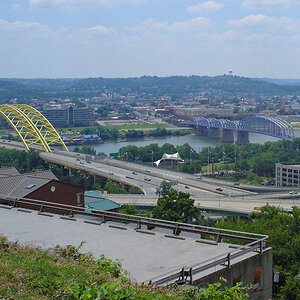
![[No title]](/data/xfmg/thumbnail/40/40285-2ce5915035c220ccb3485030863b62d0.jpg?1619739408)
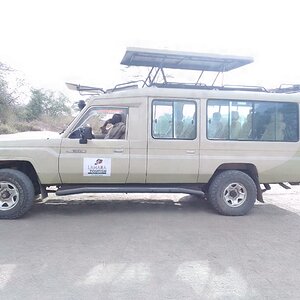
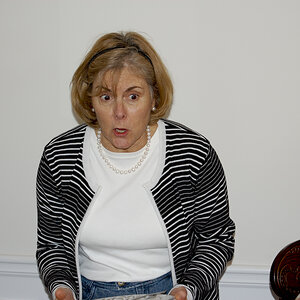
![[No title]](/data/xfmg/thumbnail/40/40289-d47f888aadd01e2147ff6cfe4b94f2be.jpg?1619739409)
